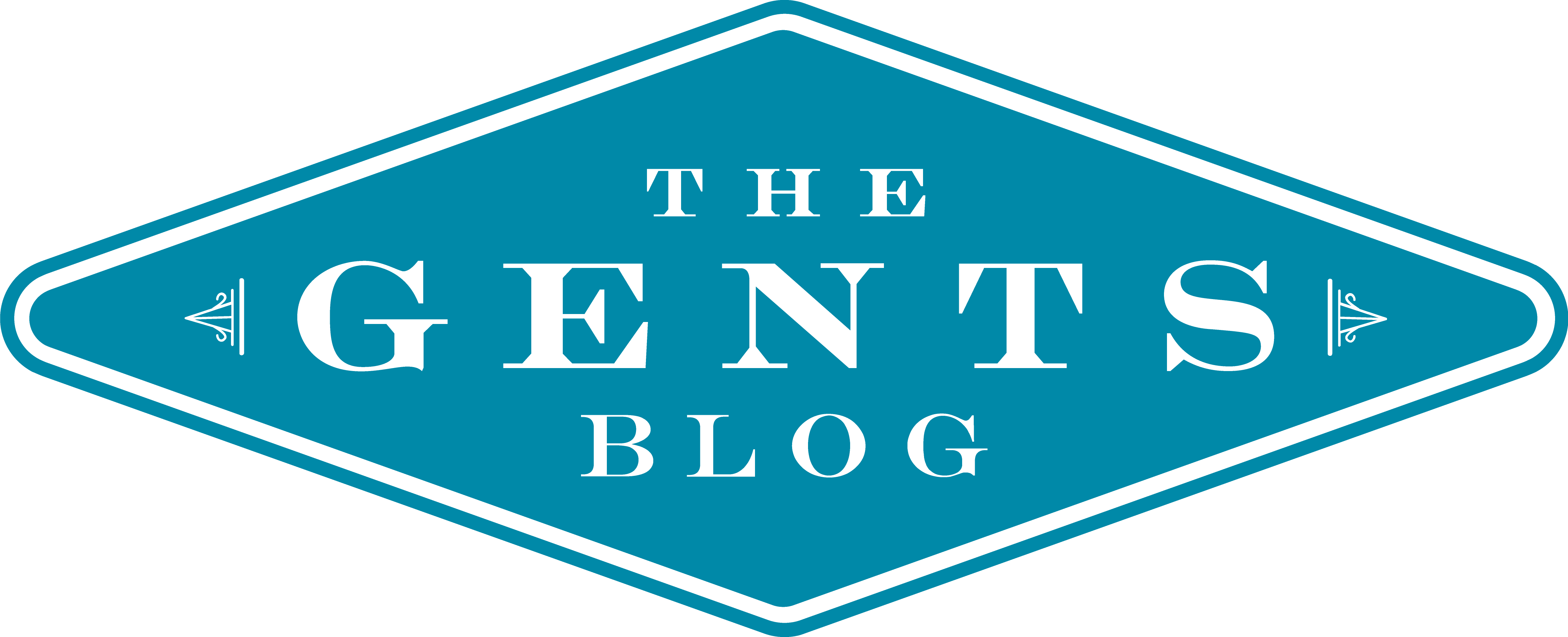Some time ago we talked about the little-known sport of Chess boxing. While boxing probably needs no introduction, chess is always being introduced to the next generation of Gents, so in this short article we’ll continue that ritual.
Origins
A version of chess was being played in India as early as the 6th century and was played on an 8×8 grid with pieces similar to the ones we know today. This variation was known as chaturanga, which spread to Persia (as well as China and Japan), then on to the Arab world, where it was passed to Europe during the 12th century. The game was eagerly adopted by much of the nobility of Europe and became popular in the late Medieval period, and at one point was considered an essential skill to be learned by young knights.
Game Play
The pieces are arranged the same way each time. The second row (rank) of each opposing player is always filled with pawns. The rooks go in the corners, the knights next to them, then the bishops, then the king and queen. The queen always goes on her own color (white queen on white, black queen on black).
Your goal is to trap the opposing player’s king so that it cannot avoid being captured. If you can capture the king in the next move, this is either “check” or “checkmate”.
Fundamental Tactics
Before the Internet books and private tutors were how knowledge was passed, but now there are so many ways to learn, be they courses, apps, and forums to play people from all over the world. In fact, that’s one of the leisurely things about online chess: you can make a move and an opponent can have a day or two (or more) to respond. As the game plays out over hours and days it takes on a bit of the character of a short story or a novel, which ties together the way you have performed and what the ending of the story will be.
As your knowledge of the game grows, tactics and ideas will build, and what worked for you as a beginner may not be as useful to you as you develop. But given that this is a primer article, here are some basics that will matter particularly for beginners:
- Protect the king. This may seem obvious, because losing the king means losing the game, but the practical step here is “castling” as soon as you can, whether that’s to the Queen’s or King’s side. Castling moves your king away from the center, which is where a lot of pressure and attack can mount.
- Control the center. As we just noted, the center is where a lot of action can occur and you will want to use your pieces to control traffic and access to those squares.
- Develop your pieces. When you “develop,” you put pieces into play. Remember that different pieces have different movements for a reason, and as powerful as a queen is, it’s usually not going to be enough to win you a game. You need to bring various pieces into play in different positions to trap your opponent.
Chess in Life
Like any activity or sport, playing chess enough will start to offer you lessons in your own life and how you see situations. You might find yourself more willing to consider a decision, wondering about the rippling consequences, or you might see a project as moving the right pieces into position, knowing that people, just like pieces, move differently and have different roles and sometimes need different persuasion.
Interestingly enough, while it looks like a sedentary activity, it’s anything but. Some years ago some Grandmasters (GMs) opted to wear heart monitors during matches to help with a study and one GM hit a heart rate of 130 bpm during a match he drew. Another burned 560 calories in two hours. That doesn’t mean chess is going to be a new part of your weight loss program, just that we so often underestimate the effort expended in a purely intellectual endeavor.
Don’t underestimate the benefits (physical and mental) that chess could offer you. Chess.com (yes, there’s an app) is a great place to start.



